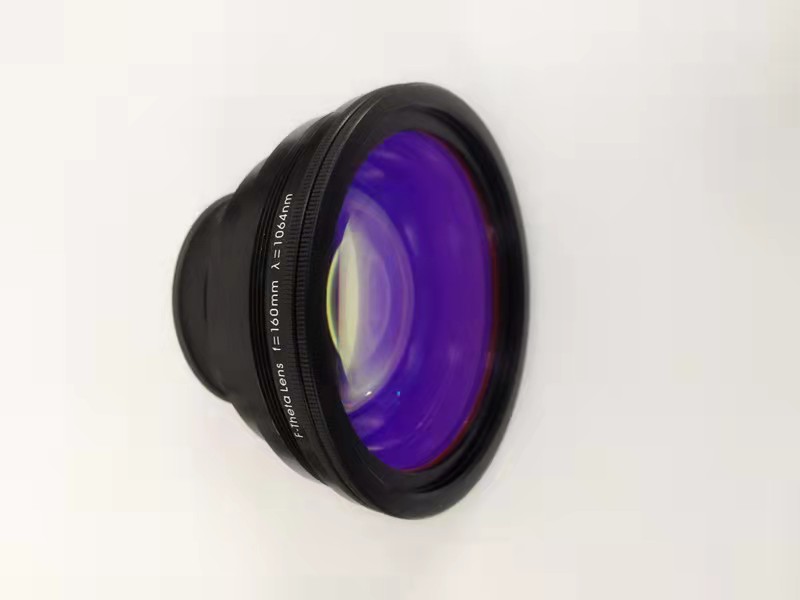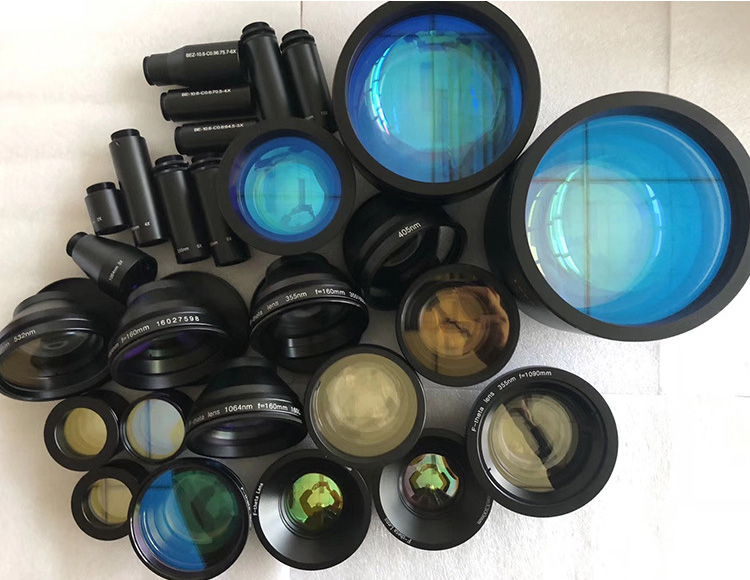In general power output lasers, most of the lenses have large absorption of specific laser wavelength due to manufacturing process or external pollution, which shortens the service life of the lens over time, and sometimes affects the use or even stops due to the damage of the lens.
The increase of laser wavelength absorption by the lens will cause uneven heating, resulting in the reflection of the lens and the change of refractive index. The uneven distribution of power when the laser passes through or reflects from the high absorption lens will make the center temperature of the lens high and the edge temperature low. This change is called thermal lens effect in optics.
The thermal lens effect caused by high absorption of lens caused by pollution will cause many problems. The generation of irreversible thermal stress on the lens substrate, the power loss caused by the beam passing through the lens, the offset of the focusing point position, and the premature damage of the coating layer can all lead to the destruction of the lens. When cleaning the lenses exposed to the air, we often do not follow the requirements and precautions for lens cleaning and take materials casually, which will cause new pollution and even scratch the lenses, resulting in irreparable losses.

According to many years of experience, it is important to keep the optical lens clean. Clean the lens carefully with good cleaning habits to reduce or eliminate the pollution caused by human factors, such as fingerprints or spittle flowers. As a common sense, when operating the optical system by hand, wear fingertips or medical gloves during cleaning, disassembly and installation. Always follow the requirements and precautions for cleaning lenses. In the cleaning process, only specified materials can be used, such as optical lens wiping paper, cotton swab, reagent grade ethanol, etc. Taking shortcuts to the cleaning, disassembly and installation of any lens will shorten the service life of the lens and even permanently damage it. After determining that a lens is polluted, blow the lens with an ear ball until there are no particles on its surface. Never blow with your mouth, because most of the air blown out contains oil, and water will further pollute the lens. If there is still dirt on the surface of the ear ball after treatment, we must gently wipe it with a special cotton swab dipped in acetone and ether mixture, so that most pollutants can be removed. The pollution of the lens in the laser will have a serious impact on the laser output power, and even cause serious errors to the data acquisition system. If we can keep the lens clean, it will undoubtedly prolong the service life of the whole machine

.png)
